Invasive invertebrates other than insects and spiders
Invasive invertebrates other than insects and spiders are from one part of the world that are transported, or migrate due to climate change, beyond their natural range and become established in a new area where they can cause potential harm to native ecosystems.
There are 5 priority categories for invertebrates which determine the province's response. They are:
- Prevent
- Early detection and rapid response (EDRR)
- Provincial containment
- Regional containment/control
- Management
Prevent
Species determined to be high risk to B.C. and not yet established. Management objective is prevent the introduction and establishment.
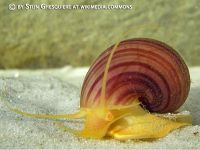
Apple snail
Ampullariidae sp.
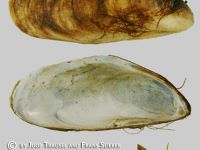
Conrad's false mussel
Mytilopsis leucophaeata
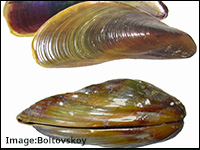
Golden mussel (PDF, 575KB)
Limnoperna fortunei
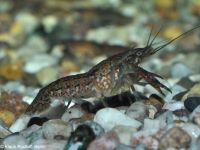 Marbled crayfish
Marbled crayfish
Procambarus fallax f. virginalis
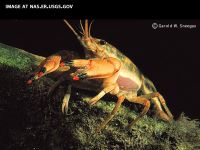 Ringed crayfish
Ringed crayfish
Orconectes neglectus
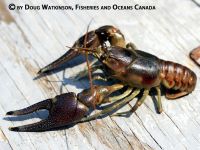 Rusty crayfish (PDF, 540KB)
Rusty crayfish (PDF, 540KB)
Orconectes rusticus
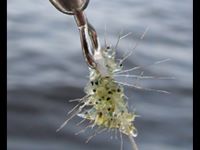 Spiny waterflea
Spiny waterflea
Bythotrephes longimanus
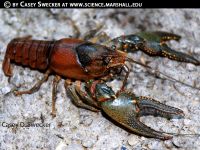 Virile crayfish
Virile crayfish
Faxonius virilis
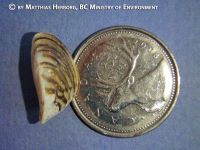 Zebra & Quagga mussels
Zebra & Quagga mussels
Dreissena polymorpha & bugensis
Early detection and rapid response (EDRR)
Species is high risk to B.C. and is new to the Province. Management objective is eradication.
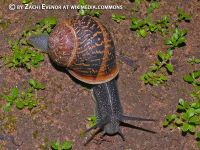
European brown garden snail (PDF, 143KB)
Cornu aspersum
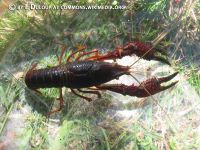
Red swamp crayfish (PDF, 919KB)
Procambarus clarkii
Provincial containment
Species is high risk with limited extent in B.C. but significant potential to spread. Management objective is to prevent further expansion into new areas with the ultimate goal of reducing the overall extent.
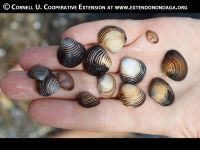
Freshwater clam (PDF, 500KB)
Corbicula fluminea
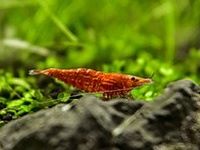
Cherry shrimp
Neocaridina davidi
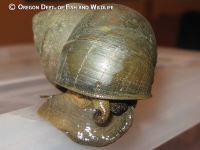
Chinese mystery snail (PDF, 569KB)
Bellamya chinensis
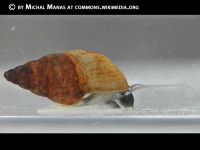 New Zealand mudsnail
New Zealand mudsnail
Potamopyrgus antipodarum
Management
Species is more widespread but may be of concern in specific situations with certain high values - e.g., conservation lands, specific agriculture crops. Management objective is to reduce the invasive species impacts locally or regionally, where resources are available.
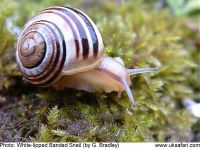
Banded garden snail
Cepaea nemoralis
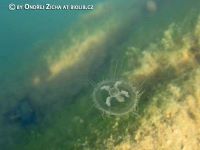
Peach Blossom jellyfish
Craspedacusta sowerbii
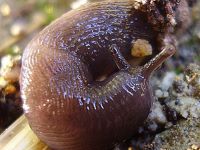
Land slugs
Arion spp. (rufus and vulgaris)
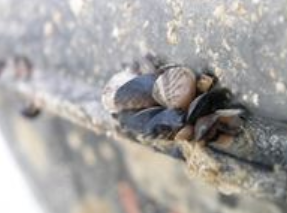
Report invasive species before they cause harm.

Clean your boat, marine equipment and watercraft to prevent the introduction or spreading of invasive aquatic species, like mussels. Learn how to:
